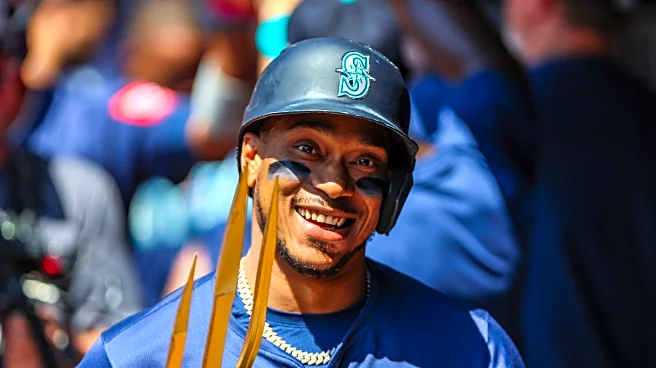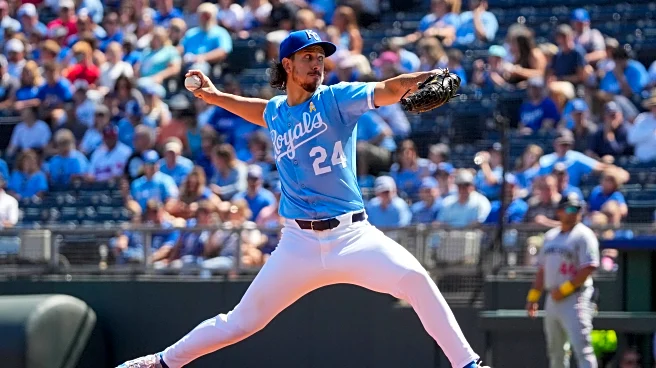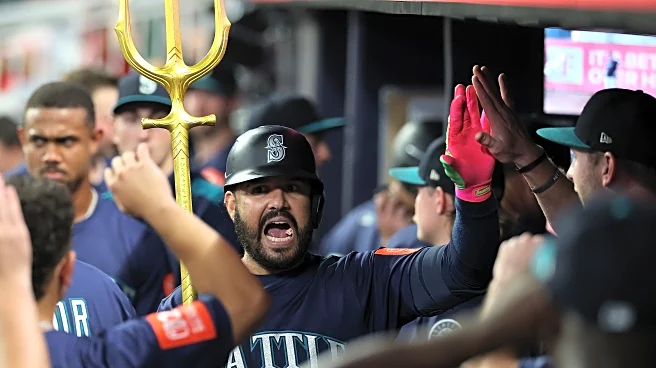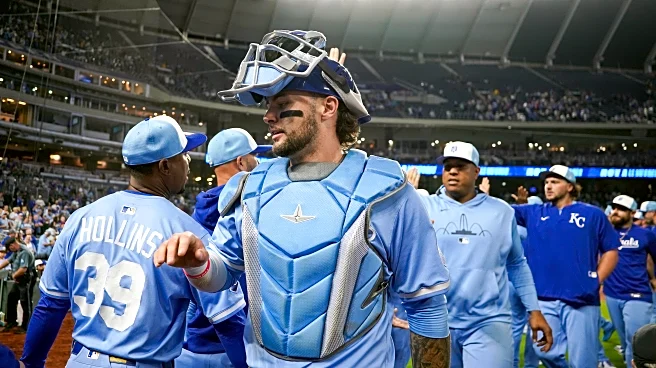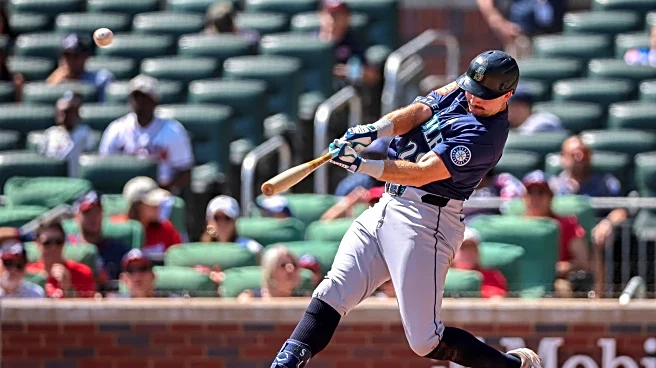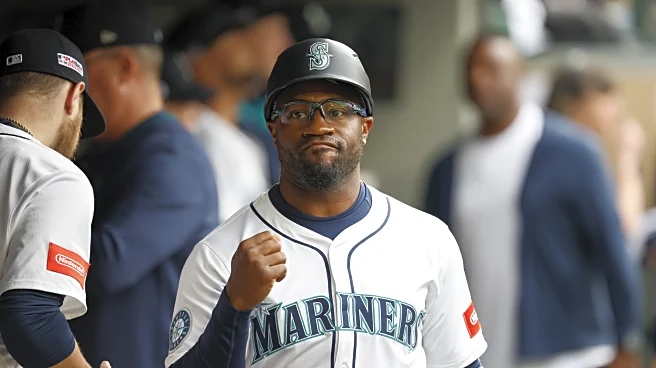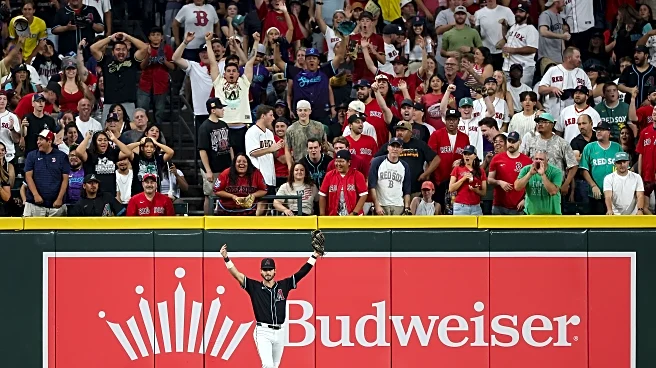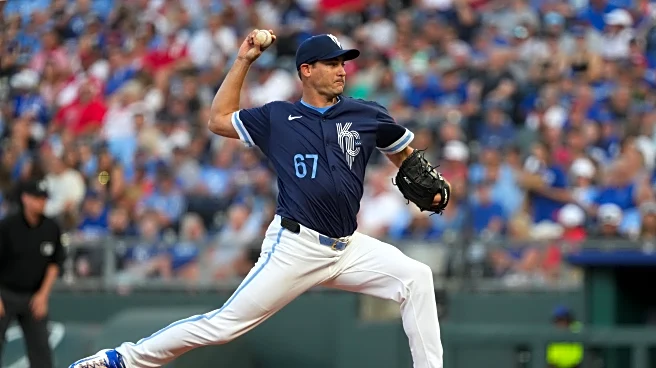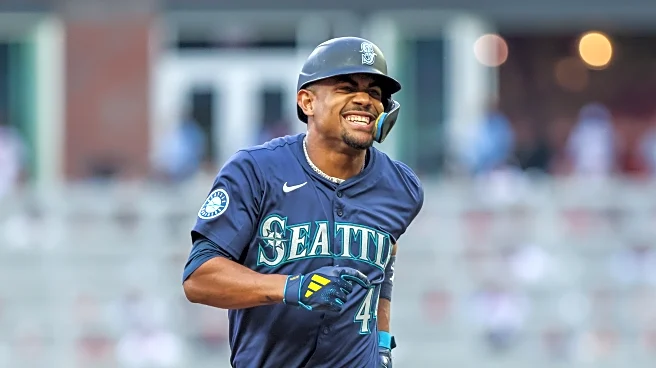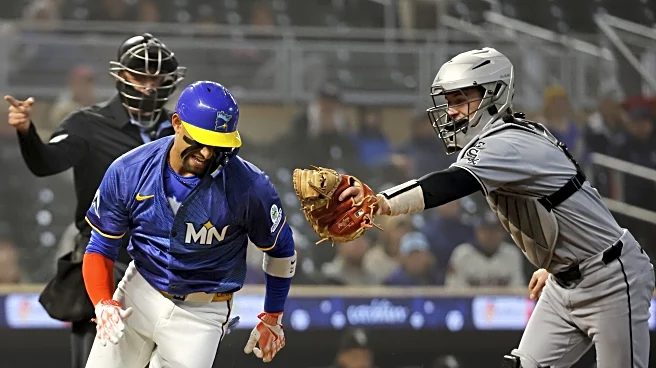
Jorge Polanco earned a choice.
Polanco had another good weekend. He went 1-for-3 with a double and a pair of walks on Saturday, and he hit his 24th homer of the year on Sunday. His wRC+ is now up to 126 — a new career high. But it was his final at bat on Saturday, a soft fly out in the eighth inning of a lopsided victory, that mattered most. It marked Polanco’s 450th plate appearance of 2025, triggering a player option in his contract and giving him the choice to stay in Seattle after the season or test
free agency. If he hadn’t reached 450 PAs this season, his contract defined a mutual option, requiring both Polanco and the Mariners to agree on a return in 2026.
It’s not clear how much this matters in a practical sense. Polanco could still choose to leave after the season, and he might earn more on the market than the $6 million he’s now entitled to in Seattle. But that he’s entitled to anything at all is more than a small victory. His future in MLB wasn’t always guaranteed.
Polanco was a top five second baseman at the plate in Minnesota from 2021 to 2023, after emerging as an everyday player before the pandemic. With limited time on his contract heading into 2024, the Twins traded him to the Mariners for relievers and prospects. It was a solid but unspectacular trade: Polanco was good, on a team-friendly deal and didn’t cost the org their most coveted players. It was the type of low-risk, moderate-reward move the Mariners have been known to make in the offseason.
But like many such moves, it didn’t go too well. Polanco was terrible early, with a 72 wRC+ in the first half of 2024, striking out nearly one-third of the time. Things picked up with a strong July, but he plummeted again in the season’s final month. He finished 2024 with a 92 wRC+ — his worst mark since 2017. He also posted -10 OAA, making him the worst defensive second baseman in MLB.
Polanco’s initial failure with the Mariners didn’t feel too surprising. There’s a sense that players come to Seattle and get worse, and that generally holds up in the data. I found all team switchers since 2022. I found their performance in the immediate sample before switching teams and the immediate sample after:
- Batters acquired by the Mariners posted a .321 wOBA and a 50.1 wRAA in the sample immediately before joining the Mariners. Both marks are the best in MLB. In other words, the batters acquired by the Mariners were better than those acquired by any other team.
- Those batters in their first year in Seattle posted a .300 wOBA (19th) and -89.2 wRAA (24th). That change in performance represents the largest total drop in MLB (-139.3 wRAA) and the second largest drop on a rate basis (-6.5% wOBA).
- This wasn’t true in the other direction. The Mariners neither gave up recently good players nor immediately regretted it. The common refrain “why do they always get better” doesn’t quite hold up, though “why do they always get worse” is closer to a valid question.
Some of that drop in performance is due to the stadium, some of that due to is injuries, and some of that is due to the limitations of this analysis — there’s more nuance to the conversation that I hope to explore in the offseason. But I bring this up to illustrate Polanco’s legacy with the Mariners at the end of 2024. He was another unfortunate name on a very real list of batters whose careers seemed to abruptly die in Seattle:
After the season, Polanco had surgery to repair the patellar tendon in his left knee. The Mariners declined an option to bring him back, and he became a free agent. His days in Seattle appeared over. By the new year, however, no market had developed, and the Mariners were out of luck in the search for a replacement. They reunited at the end of January on a one-year year deal with an option for a second year. The Mariners planned to make Polanco the everyday third baseman in 2025.
The experiment appeared dead again after just one week. Polanco’s knee wasn’t fully healthy, meaning he couldn’t play the field or bat right handed. He sat for several days.
Then he posted a 239 wRC+ in April — the best ever month for a Mariners’ batter since tracking began in 2002 (min. 80 PAs). Davy Andrews at Fangraphs noted some of the changes Polanco made at the plate: he closed his stance, quieted his mechanics, and was getting to the ball further out in front.

Polanco slumped badly in May and early June. As John Trupin pointed out at the time, it seemed more like natural regression than a fundamental shift in ability. But he was still limited to DH on a roster with several players needing time there. And he was still limited to batting left handed, opting to hit left-on-left when he couldn’t be subbed. Polanco was in the conversation as the odd-man out on the roster, if and when better options arrived.
But he quickly played his way out of those conversations. Since July 1, Polanco has hit .269/.348/.536 with 13 homers and a 151 wRC+. He’s hitting right handed again, with 36 PAs and a 184 wRC+ against lefties since August. He’s also played second base 10 times in the last month — and is now reportedly taking reps at first. All of a sudden, Polanco is healthy, flexible, and having a career year at the plate. Whodathunk.
Polanco’s future in Seattle remains uncertain. The upcoming offseason is likely his best shot at free agency and potentially the last chance to secure a multi-year deal. He probably won’t take the one-year player option triggered on Saturday. The Mariners will need to offer an extension if he doesn’t, and it’s unclear whether they’ll do that for a DH in an offseason where reconfiguring a bottom-ranked defense is surely the priority.
Still, it’s a milestone worth acknowledging. Polanco has formally restored a bit of agency in his career and completed an unlikely resurrection. He is alive and free to choose again.
